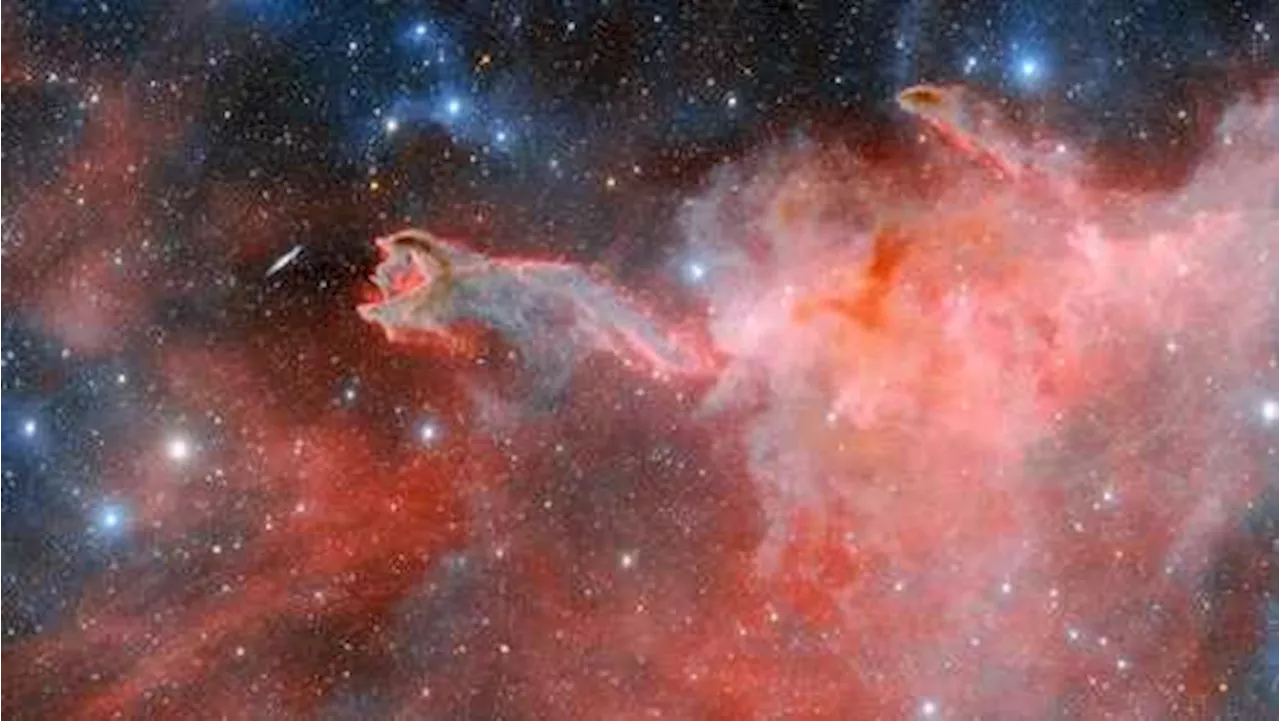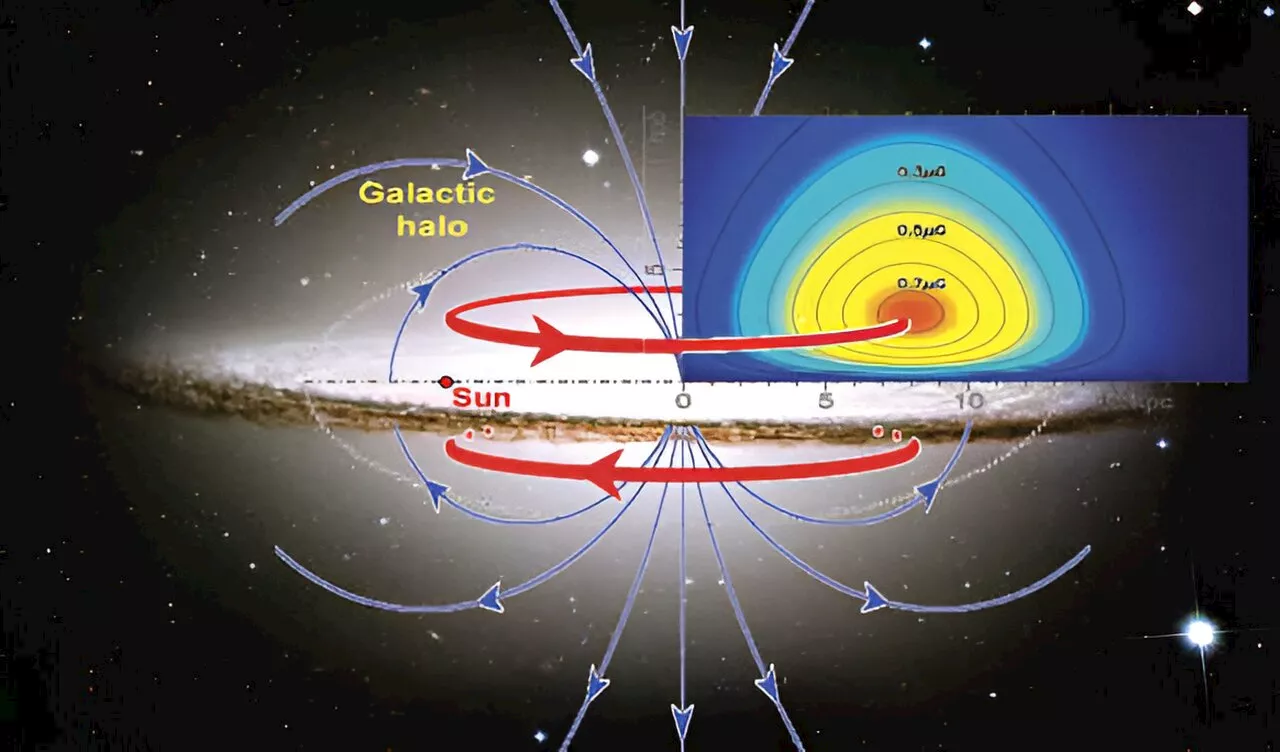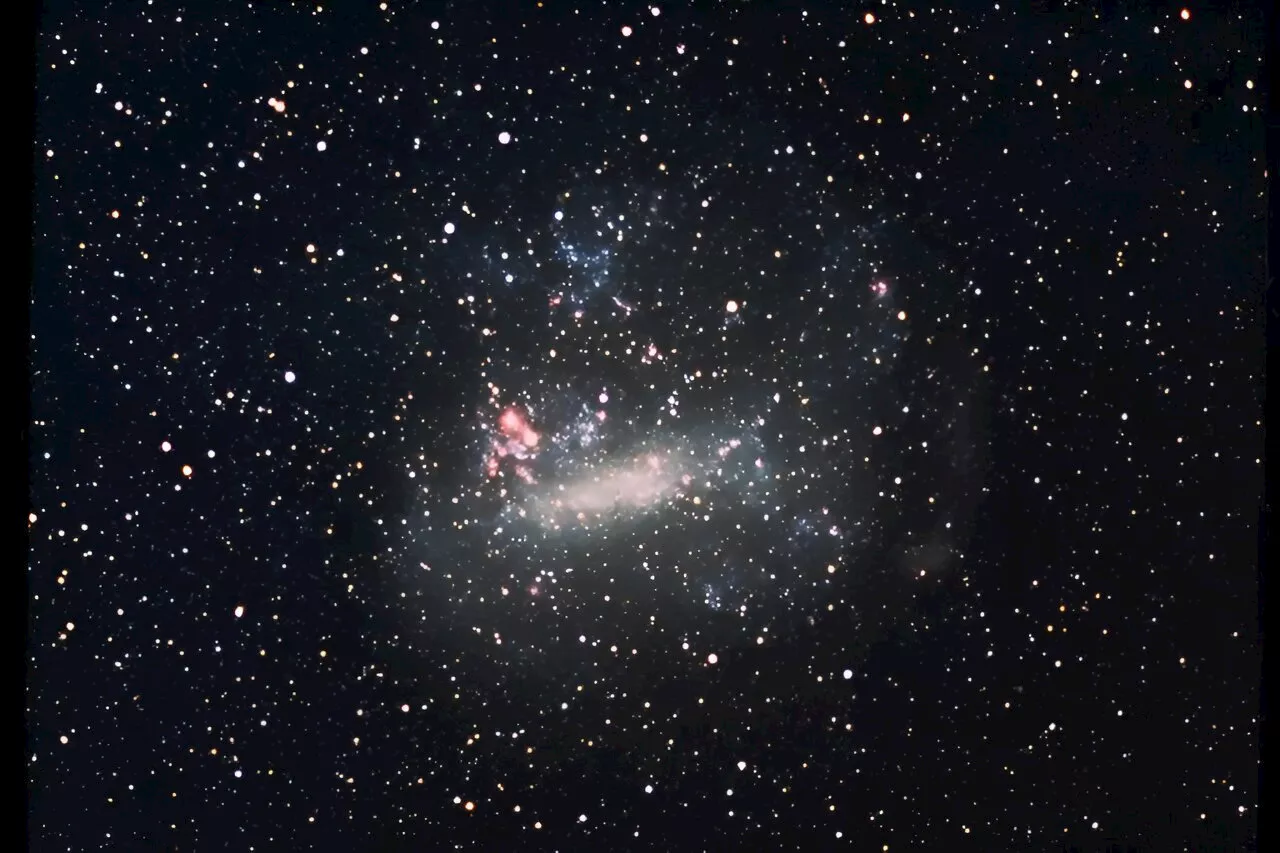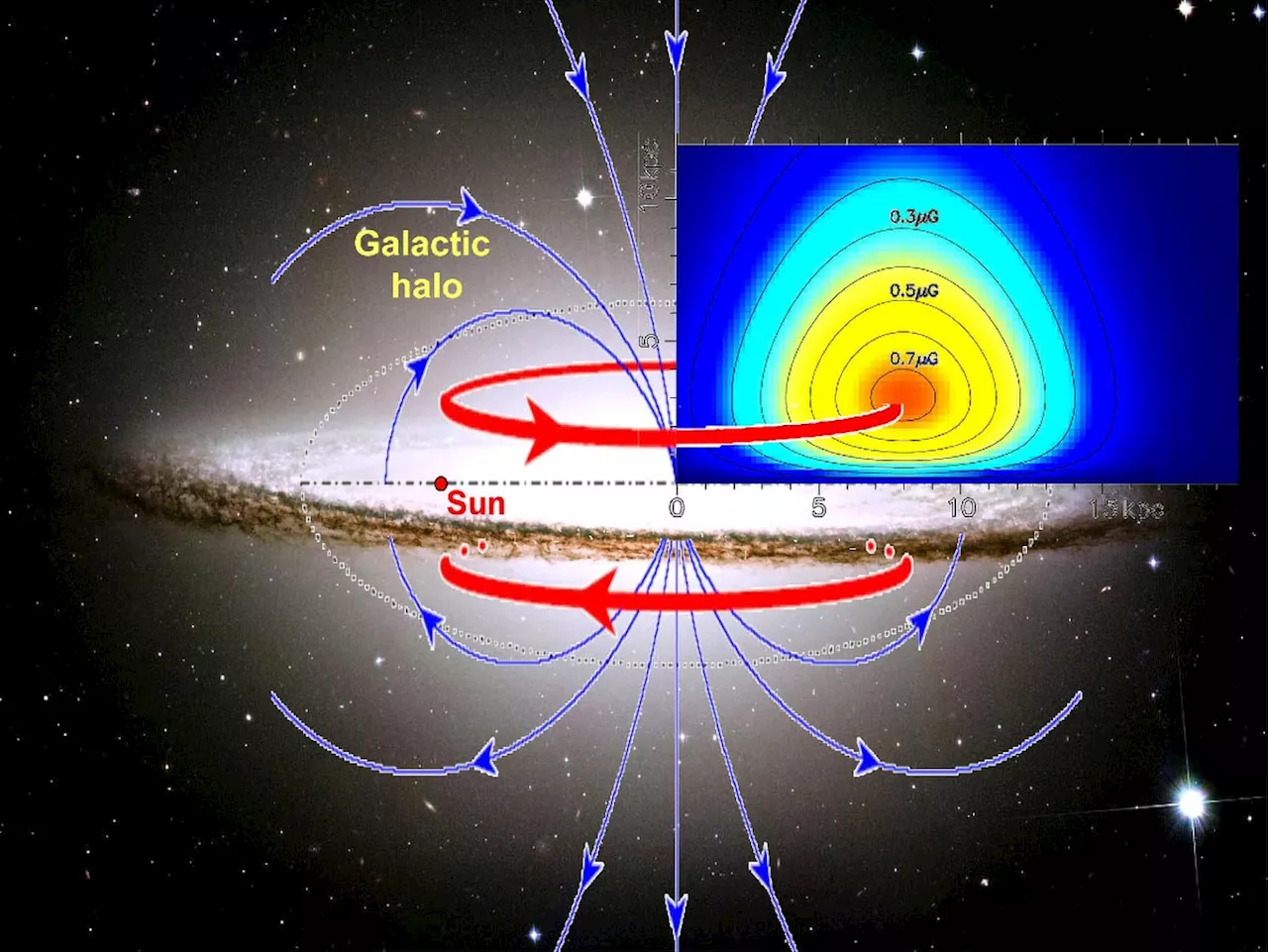Crater 2, located approximately 380,000 light years from Earth, is one of the largest satellite galaxies of the Milky Way. Extremely cold and with slow-moving stars, Crater 2 has low surface brightness. How this galaxy originated remains unclear. A team of physicists now offers an explanation.
How did a satellite galaxy of the Milky Way come to be?." ScienceDaily. ScienceDaily, 11 June 2024. <www.sciencedaily.com
Scientists have reported something unexpected about the distinct populations of stars that make up the Triangulum galaxy: In this satellite galaxy, a close companion of the much larger Andromeda ... Researchers developed a more accurate simulation of the impact that formed Earth's largest crater -- Vredefort crater -- nearly two billion years ago. They found the impactor (most likely an ...
On Earth, river erosion is usually a slow-going process. But on Mars, massive floods from overflowing crater lakes had an outsized role in shaping the Martian surface, carving deep chasms and moving ... As their name suggests, ultradiffuse galaxies, or UDGs, are dwarf galaxies whose stars are spread out over a vast region, resulting in extremely low surface brightness, making them very difficult to ...Liquid Metal-Based Electronic Logic Device That Mimics Intelligent Prey-Capture Mechanism of Venus Flytrap
Astrophysics Galaxies Astronomy Asteroids Comets And Meteors Satellites Sun Solar Flare
United States Latest News, United States Headlines
Similar News:You can also read news stories similar to this one that we have collected from other news sources.
 Earth from space: Majestic 'yin-yang' crater sits atop a dormant volcano in TurkeyHarry is a U.K.-based senior staff writer at Live Science. He studied marine biology at the University of Exeter before training to become a journalist. He covers a wide range of topics including space exploration, planetary science, space weather, climate change, animal behavior, evolution and paleontology.
Earth from space: Majestic 'yin-yang' crater sits atop a dormant volcano in TurkeyHarry is a U.K.-based senior staff writer at Live Science. He studied marine biology at the University of Exeter before training to become a journalist. He covers a wide range of topics including space exploration, planetary science, space weather, climate change, animal behavior, evolution and paleontology.
Read more »
 New telescope images reveal ghostly ‘God’s Hand’ in Milky Way reaching across the cosmosWhat appears to be a ghostly hand reaching across the universe toward a defenseless spiral galaxy in a new telescope image is a rarely seen cosmic phenomenon.
New telescope images reveal ghostly ‘God’s Hand’ in Milky Way reaching across the cosmosWhat appears to be a ghostly hand reaching across the universe toward a defenseless spiral galaxy in a new telescope image is a rarely seen cosmic phenomenon.
Read more »
 Scientists discover huge magnetic toroids in the Milky Way haloThe origin and evolution of cosmic magnetic fields is a long-standing unsolved question at the frontier of astronomy and astrophysics research and has been selected as one of the key areas of investigation for many major world-class radio telescopes, including the Square Kilometer Array (SKA) under construction.
Scientists discover huge magnetic toroids in the Milky Way haloThe origin and evolution of cosmic magnetic fields is a long-standing unsolved question at the frontier of astronomy and astrophysics research and has been selected as one of the key areas of investigation for many major world-class radio telescopes, including the Square Kilometer Array (SKA) under construction.
Read more »
 LEGO Artemis Space Launch System and Milky Way Sets Liftoff On May 15thLEGO is heading to space on May 14th.
LEGO Artemis Space Launch System and Milky Way Sets Liftoff On May 15thLEGO is heading to space on May 14th.
Read more »
 Does the Milky Way have too many satellite galaxies?The Large and Small Magellanic Clouds are well-known satellite galaxies of the Milky Way, but there are more. It is surrounded by at least 61 within 1.4 million light years (for context the Andromeda galaxy is 2.5 million light years away) but there are likely to be more.
Does the Milky Way have too many satellite galaxies?The Large and Small Magellanic Clouds are well-known satellite galaxies of the Milky Way, but there are more. It is surrounded by at least 61 within 1.4 million light years (for context the Andromeda galaxy is 2.5 million light years away) but there are likely to be more.
Read more »
 Galactic Rings of Power: Astronomers Uncover Massive Magnetic Toroids in the Milky Way HaloScience, Space and Technology News 2024
Galactic Rings of Power: Astronomers Uncover Massive Magnetic Toroids in the Milky Way HaloScience, Space and Technology News 2024
Read more »
